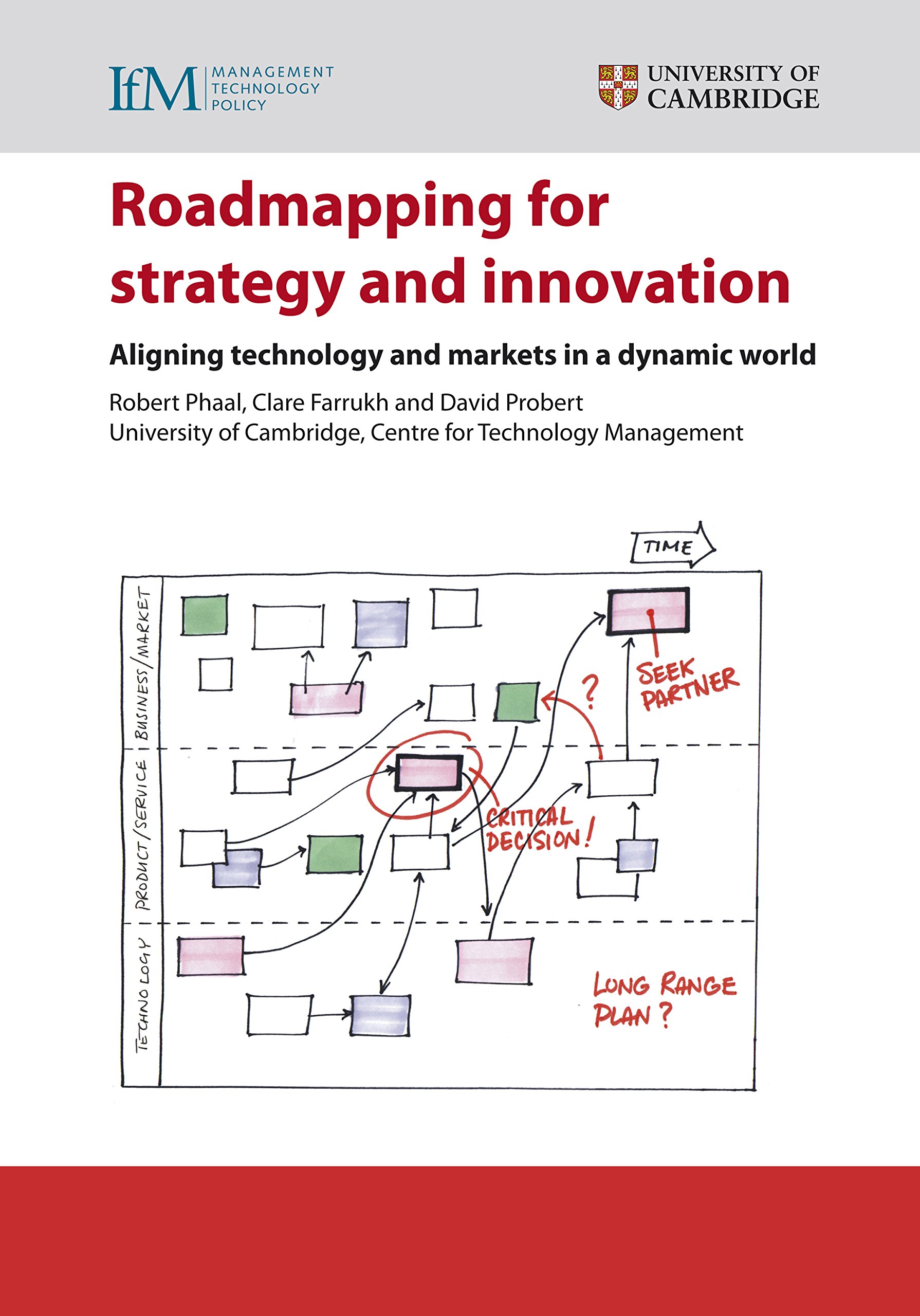Resonant Innovation: Aligning Technology with Nature’s Interconnected Harmony

Introduction
In an era marked by rapid technological advancements, it is imperative to explore innovative approaches that foster a symbiotic relationship between technology and nature. By embracing the principles of resonant innovation, we can align technological advancements with the intricate harmony of the natural world, creating solutions that are both sustainable and resilient.

Nature’s Interconnected Harmony
Nature is a master architect, weaving complex systems that are elegantly interconnected and interdependent. In ecosystems, every element plays a vital role in maintaining equilibrium and resilience. This interconnectedness inspires the concept of resonant innovation, which seeks to mimic nature’s patterns and principles in technological systems.
Resonant Innovation Principles
Resonant innovation is guided by several key principles:
- Biomimicry: Drawing inspiration from natural structures, materials, and processes to develop innovative solutions.
- Systems Thinking: Considering the interdependencies between different components and the broader system in which technology operates.
- Emergence: Designing systems that allow for spontaneous and adaptive behaviors, similar to the emergent properties found in natural ecosystems.
- Feedback Loops: Incorporating mechanisms that provide continuous feedback to regulate and optimize system performance.
- Diversity: Promoting a diverse range of solutions, mimicking the biodiversity found in natural systems.
Benefits of Resonant Innovation
Embracing resonant innovation offers a myriad of benefits:
- Sustainability: By mimicking nature’s efficient and sustainable designs, we can create technologies that minimize resource consumption and environmental impact.
- Resilience: By understanding and incorporating feedback loops, technologies become more adaptive and resilient to changing conditions.
- Circular Economy: Resonant innovation promotes closed-loop systems that minimize waste and maximize resource utilization.
- Social Impact: By aligning technology with human needs and values, resonant innovation can address social challenges and improve well-being.
- Economic Prosperity: Sustainable and resilient technologies can drive economic growth while protecting the environment.
Examples of Resonant Innovation
- Solar energy panels inspired by photosynthesis
- Wind turbines that mimic the aerodynamic shape of bird wings
- Self-healing materials inspired by the cellular structure of bones
- Smart cities that leverage nature-based solutions for cooling and water management
- Health technology that utilizes biofeedback and personalized medicine
Conclusion
Resonant innovation has the potential to revolutionize our approach to technology. By aligning advancements with the wisdom of nature, we can create solutions that are not only efficient and sustainable but also in harmony with the interconnected web of life. Embracing resonant innovation is a path toward a future where technology empowers humanity while preserving the delicate balance of our planet.## Resonant Innovation: Aligning Technology With Nature’s Interconnected Harmony
Executive Summary
In the quest for technological advancements, it is imperative to seek harmony between innovation and the interconnected systems of nature. By aligning ourselves with the principles of sustainability and biomimicry, we can unlock a transformative potential for our technologies and create a future where human ingenuity seamlessly blends with the wisdom of the natural world. This article explores the concept of resonant innovation, outlining its principles, key subtopics, and potential benefits. Understanding and embracing these principles can open doors to breakthroughs that elevate our society and preserve the delicate balance of our planet.
Introduction
Technological advancements have become an indispensable part of our lives, offering unprecedented opportunities for progress and societal transformation. However, as we continue to push the boundaries of innovation, it is crucial to consider the impact our creations have on the natural world. Resonant innovation seeks to bridge the gap between technology and nature, aligning our technological advancements with the interconnected harmony of ecosystems. By embracing the principles of sustainability and biomimicry, we can unlock a transformative potential for our technologies, creating a future where human ingenuity and the wisdom of nature coexist in harmony.
FAQs
1. What is resonant innovation?
Resonant innovation is a philosophy that seeks to align technological advancements with the principles of sustainability and biomimicry, creating technologies that are in harmony with the interconnected systems of nature.
2. Why is resonant innovation important?
Resonant innovation is important because it can help us create technologies that are more sustainable, efficient, and resilient. It can also help us to develop new technologies that are inspired by nature, leading to breakthroughs that may not be possible through human ingenuity alone.
3. How can we implement resonant innovation?
We can implement resonant innovation by considering the impact of our technologies on the natural world throughout the design and development process. We can also seek inspiration from nature when developing new technologies, looking to natural systems for solutions to our technological challenges.
Subtopics of Resonant Innovation
1. Biomimicry
- Definition: Biomimicry is the practice of learning from and mimicking the structures, functions, and ecosystems of nature to create innovative technologies.
- Key Aspects:
- Emulating nature’s efficient use of resources
- Adapting natural processes to technological challenges
- Creating sustainable and resilient designs
2. Sustainable Design
- Definition: Sustainable design focuses on creating products, systems, and services that minimize environmental impact while maximizing social and economic benefits.
- Key Aspects:
- Utilizing renewable resources
- Minimizing waste and emissions
- Promoting circular economy principles
3. Natural Computing
- Definition: Natural computing explores computational techniques inspired by natural phenomena, such as swarm intelligence, genetic algorithms, and neural networks.
- Key Aspects:
- Enhancing problem-solving capabilities
- Developing self-organizing and adaptive systems
- Creating intelligent and efficient algorithms
4. Green Engineering
- Definition: Green engineering encompasses the design, development, and implementation of processes and products that minimize environmental impact.
- Key Aspects:
- Reducing pollution and waste
- Conserving energy and resources
- Promoting sustainable manufacturing practices
5. Ecological Restoration
- Definition: Ecological restoration aims to repair or restore degraded ecosystems by returning them to a more natural state.
- Key Aspects:
- Reestablishing native species
- Restoring ecological balance
- Improving biodiversity and resilience
Conclusion
Resonant innovation offers a transformative approach to technology, guiding us toward a future where our creations are in harmony with the natural world. By embracing the principles of sustainability and biomimicry, we can unlock a vast potential for innovation, creating technologies that are not only efficient and effective but also sustainable and respectful of our planet. Resonant innovation has the power to elevate our society, leading to a world where technological advancements coexist in harmony with the interconnected wisdom of nature. As we continue to innovate, let us strive for harmony, aligning our creations with the resonant rhythms of the natural world.
Keyword Tags
- Resonant innovation
- Biomimicry
- Sustainable design
- Natural computing
- Ecological restoration


